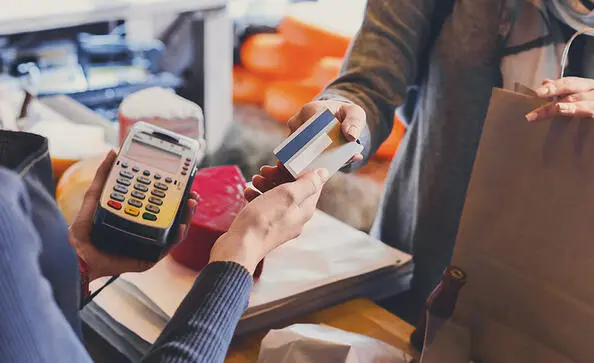New Rules for Retailers

A recent Wall Street Journal article proclaiming that the global pandemic “changed the way we shop” enumerates the ways that retail transformed in 2021. Some of the most noteworthy changes include:
- A pivotal increase in e-commerce usage;
- New approaches to engaging with customers online (e.g., streaming virtual shopping events and online consultations);
- Dramatic overhauls to brick-and-mortar malls; and
- The broad acceptance of curbside service.
The Journal cites a leading retailer’s operations chief who quantifies one of the prime benefits of curbside pickup with a staggering figure: the executive says it costs his company 90% less for shoppers to collect their orders at the store vs. shipping the same items to them from a warehouse.
Benefits of that magnitude – for both retailers and their customers – suggest that “curbside won’t get kicked to the curb,” as the Journal puts it. Since many of the adaptations and innovations that retailers tested out during the pandemic have long-term staying power, it makes sense to get familiar with these developments. On that count, this Vertex podcast with Forrester Senior Analyst Lily Varón is instructive.
Varón speaks to into a number of 2020 innovations and concepts that retailers will be adding to their lexicons – and operating models – if they have not already done so. These include:
- BOPUS: The acronym stands for “buy online, pick up in store,” an activity that 20% of consumers performed in 2020, according to Varón.
- BORIS: The acronym for “buy online, return in store” – an increasingly convenient and popular way for shoppers to return products.
- Omnichannel (as an adjective): Given how many retailers have omnichannel on their minds, Varón says it is helpful to think of the capability as a descriptor – one that depicts the product visibility, order orchestration, labor management and overall consistency companies are striving deliver across all channels.
As pandemic-era innovations become post-pandemic operating standards, retailers will need to master new terminology and tax complexity that arise from adjusting sales practices and channel interactions to further enhance the customer experience. For example, streaming virtual shopping events experiments, the Wall Street Journal article describes, are likely to lead to the greater use of “see now, buy now” shopping, which will raise tax-determination challenges.
That trend – also known as live-streaming or shoppable video – have surged in China in recent years. Now, it’s popping up in the U.S. “The other day I saw that QVC announced that it’s supporting live-streaming video on YouTube TV, and I think we’re going to see more and more of this,” Varón adds. “As retailers and brands start to experiment with this, there is a real-time pressure to get that e-commerce transaction right, and to execute on the transaction. This is an event on video – a moment in time. So, retailers and brands have to be ready to deliver the right pricing, the right tax calculation and the right support for that kind of transaction.”
Disclaimer
Please remember that the Vertex blog provides information for educational purposes, not specific tax or legal advice. Always consult a qualified tax or legal advisor before taking any action based on this information. The views and opinions expressed in the Vertex blog are those of the authors and do not necessarily reflect the official policy, position, or opinion of Vertex Inc.
Blog Author
A Tax Solution for Retail
Discover how retailers can turn challenge into opportunity, and unlock new growth potential through automating their tax processes.
Take Me There
